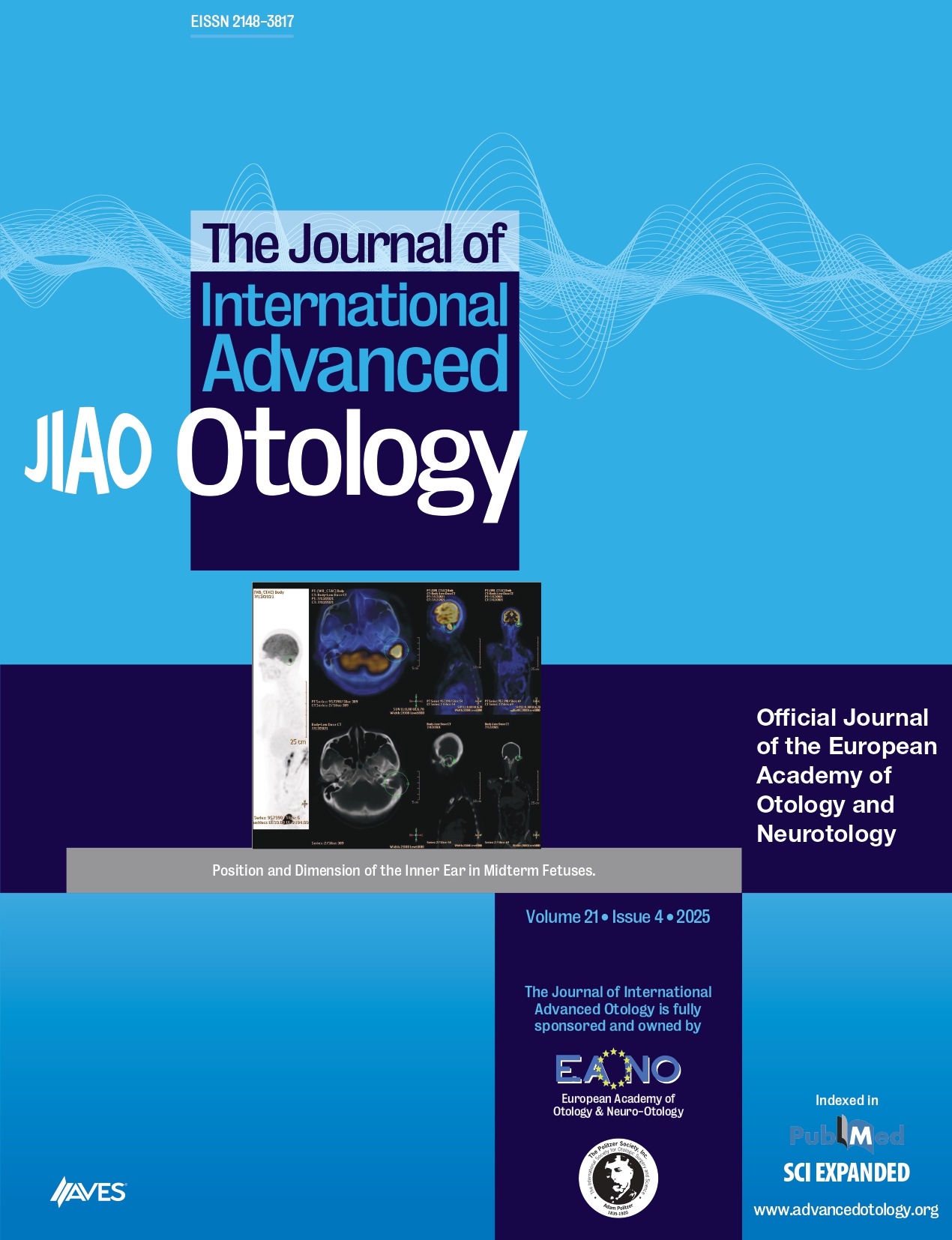Abstract
OBJECTIVE: Although there has been a wide consensus on the mechanism of nystagmus and clinical presentation of benign paroxysmal positional vertigo (BPPV), the neuroepithelial pathophysiology of BPPV still remains unclear. In this study, we aimed to clarify the pathophysiology of BPPV by evaluating the cervical vestibular-evoked myogenic potential (cVEMP) findings of patients.
MATERIALS and METHODS: Thirty-six BPPV patients and 20 healthy volunteers were included. Bilateral cVEMP tests were performed on all participants. The participants were divided into the following three groups: those with a BPPV-affected ear, those with a BPPV-unaffected ear, and the healthy control group.
RESULTS: There were no significant differences regarding the latencies of the first positive (p1) and negative (n1) peaks among the three groups. The mean normalized amplitude asymmetry ratio also did not differ between the BPPV and control groups. However, the normalized amplitudes of the BPPV patients (with both affected and unaffected ears) were significantly lower than those of the healthy control group.
CONCLUSION: We detected that the cVEMP data of the affected and unaffected ears of the BPPV patients was similar and that their normalized amplitudes significantly differed from those of the healthy controls. Eventually, we concluded that even if the symptoms of BPPV were unilateral, the findings suggest that the bilateral involvement of the macular neuroepithelium is important in understanding the pathophysiology of BPPV. This finding supports the conclusion that the pathophysiological process starts with neuroepithelial membrane degeneration and continues with otoconia separation.



.png)
.png)